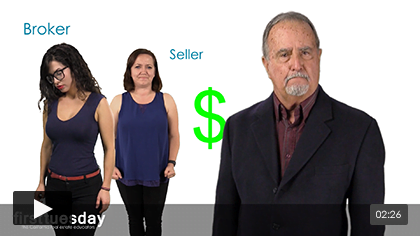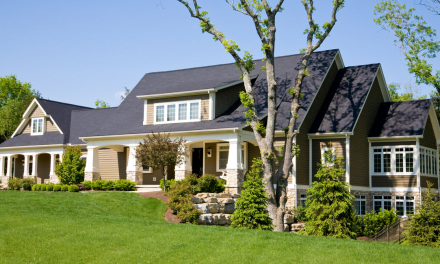Are real estate pricing bubbles simply a natural part of California real estate?
- Yes (75%, 117 Votes)
- No (25%, 39 Votes)
Total Voters: 156
America has enjoyed a long history of real estate mania. Since westward expansion, people have been speculating on U.S. property hoping for those providential profits.
After the most recent real estate debacle, economists and intellectuals are looking back on our speculative history. They want to know: are boom/bust cycles a matter of sheer irrationality? Or is there something more nuanced about our relationship to real estate that can be controlled?
In fact, America’s history of real estate speculation starts from a very rational place, according to Harvard economist, Edward Glaeser.
- the 1817 Alabama land bubble was justified by high demand for cotton, until the 1819 recession hit and everyone lost their shirts;
- the 1830s boom in Chicago was spurred by justified exuberance over demand for access to the Erie Canal, when international credit conditions were crimped, leading to panic and a bust; and
- in the early 20th century, property values skyrocketed in New York due to excitement over skyscraper technology, which eventually heralded its own demise as skyscrapers generated an abundance of property supply, sending prices on a veritable skydive.
In perhaps one of Glaeser’s most provocative statements, he argues that interest rates have little effect on bubble making. Over the past several hundred years, American real estate prices have ballooned with little regard to interest rates. Rather, Glaeser argues it’s access to easy credit that leads to the mania. And not just any kind of easy credit, but low/no down loans, and in particular the kind that allow buyers to defer payments for an “intro period.” We call these loans adjustable rate mortgages (ARMs).
The danger with these mortgage instruments regarding bubble formation is that they allow for buyers to jump in with little skin in the game. Then, if prices adjust downward during their “intro period”, as they almost always do, default is inevitable.
Thus, the perfect recipe for boom and bust!
first tuesday insight
So it seems, perhaps, that our relationship to real estate isn’t one of pure madness. Even Robert Shiller, Yale economist and author of Irrational Exuberance, concedes that we buy when, for all appearances and good intentions, there is good reason to. However, those reasons are almost always based on short-term investment strategy — a strategy not suited to purchasing single-family residence (SFR) real estate as shelter for the buyer.
Attitudes toward buying residential real estate have been improperly shaped by Wall Street over the last 45 years. The mortgage-backed bond (MBB) was created as an investment to generate short-term liquidity for mortgage lenders based on the long-term asset of a 30-year mortgage. This only works when done with a large volume of high-quality assets and a great many investors playing the game.
Somehow, this churn-and-burn mentality has been passed down from Wall Street to real estate agents, who then impart the ideology on their clients. End-users have no business expecting to profit from their real estate purchase, though they might eventually do so at near the rate of consumer inflation. Their eye ought to be trained on the long term, but restrained by the amount of use value (rent) they can reap from their home, not exchange value for transient homeownership and tax-free profits.
The historical fact of the matter is, real estate will follow consumer inflation over the long term — that means about two percent per annum plus an annual population growth factor of an additional one to two percent per annum. Inculcating this mentality among buyers will go far in limiting the more destructive real estate bubbles from occurring in the future. Until this ideological paradigm shift back to fundamentals occurs, we need to require 20% down and strongly discourage ARM financing.
We don’t want to see another bubble like the last one — and we don’t have to. Little ones, like in 2012-2013 as we see it, are traffic conditions driving volatile pricing that spring from our animal-spirited desire for the stuff.
Related articles:
Re: “Betting the House” from The Economist















We don’t want to see another bubble like the last one!
I want BUBBLES!
DIVE BOMBS & HIGH PRICED ORBITS ARE GOOD FOR INVESTORS LIKE ME!
WE BUY AND SELL BIG ASSETS AT THE BOTTOM AND TOP.